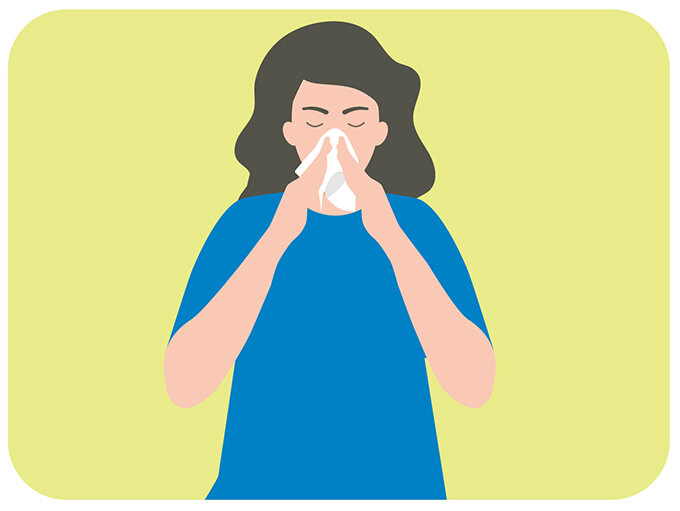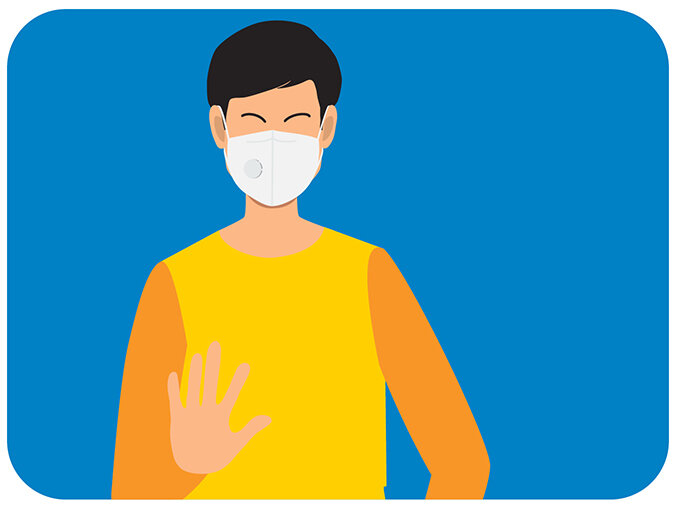Video Courtesy of 3D4Medical
According to 3D4Medical, “a coronavirus is a type of virus that can infect the respiratory tract, through the eyes, nose, mouth, throat, sinuses, or lungs.” Historically, there have been and are many variations of coronaviruses. The majority cause only mild illness, such as the common cold.
But some coronaviruses can Be fatal.
COVID-19: “In early 2020, after a December 2019 outbreak in China, the World Health Organization (WHO) identified a new type, 2019 novel coronavirus (2019-nCoV), which can be fatal”, explains WebMD. “The organization named the virus severe acute respiratory syndrome coronavirus 2 (SARS-CoV-2) and named the disease it causes COVID-19. The outbreak quickly moved from China around the world.”
Droplets that contain the virus.
These droplets carry the virus into the air and can enter through the nose, mouth, throat, and lungs of a person who is within 6 feet or 2 meters.
The virus infects the lungs, causing the lungs to become inflamed.
Damages the cells of the lungs and triggers an inflammatory reaction.
Fever may develop. With severe inflammation, inflammatory fluid fills the lungs.
Resulting in coughing and difficulty breathing.
Oxygen level in the blood may decrease.
In some people who become severely ill, other organs may be affected, such as the kidneys or the heart.
Medical care is then given to support these patients and maintain their health as their immune system responds to the infection.
In 80% of patients, COVID-19 causes only mild cold symptoms. The elderly, and those with pre-existing medical conditions appear to be more vulnerable to the virus.
Protect yourself from COVID-19









